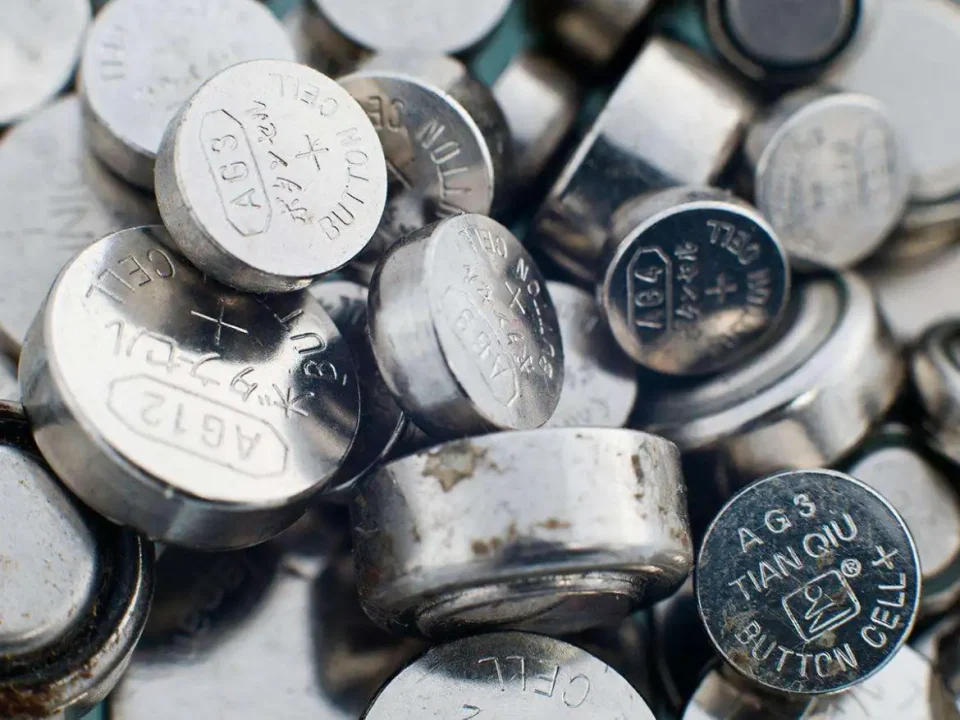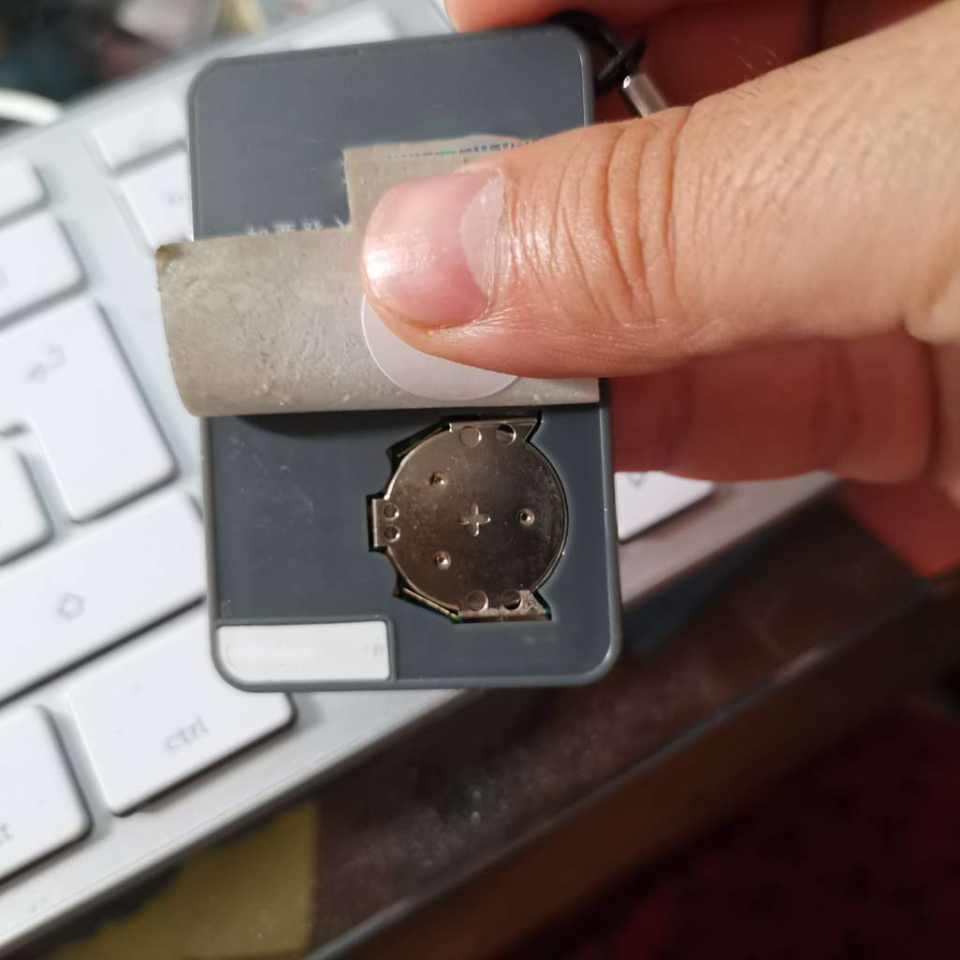Contents
From digital watches and hearing aids to toys and remote controls, button cell batteries power numerous everyday devices in Australian homes. These small energy cells are designed to provide long-lasting and reliable power for various applications. But what are the different types and sizes, and how do you safely use and dispose of them?
What Are Button Cell Batteries?

Button cell batteries are compact, round power sources that resemble a coin or button. These small energy cells are designed to power small electronic devices where there is limited space. Despite their minute size, a quality and reliable button battery packs a surprising amount of power, making it essential for many consumer items. They typically consist of two metal plates separated by an electrolyte, all contained in a metal case that is both a container and an electrical connection.
Types of Button Cells
Button cell batteries are often categorised according to their chemical composition, which determines their voltage, capacity, and proper application. The most prevalent types include:
- Lithium button cells (BR or CR prefix) have high energy density and long shelf life, which make them ideal for uses where a long-term stable power supply is required. These 3-volt batteries power calculators, watches, car key remotes, and medical devices.
- Silver oxide cells (SR prefix) maintain a constant voltage during the discharge phase and are used in watches, hearing aids, and precision equipment where reliability is critical.
- Alkaline button cells (LR type) are inexpensive alternatives and can be applied to low-drain devices. These 1.5-volt batteries find their applications in simple toys, kitchen timers, and simple electronic devices.
- Zinc-air batteries are activated by air exposure and offer high energy density in a very compact package. They are well suited for modern hearing aids where size is a top priority.
Size Designations and Standards

Button cell sizes follow an international standard coding system that specifies both type and size. The first two letters are the chemical system (L for alkaline, C for lithium, S for silver oxide), and the numbers are physical dimensions.
Common sizes include CR2032 (20mm diameter, 3.2mm thick), CR2025, CR2016, and the very tiny SR44 and LR44. The consistent naming convention helps consumers to correctly use proper replacement batteries regardless of the manufacturer.
Voltage and Capacity Factors
The voltage varies based on chemistry: lithium cells offer 3 volts, while silver oxide and alkaline ones provide 1.5 volts. This voltage difference is critical in selecting substitutes because the wrong one will damage sensitive electronics.
Capacity is measured in milliampere-hours (mAh) and defines how long a battery will last under certain conditions. Lithium cells have higher capacity than similarly sized alkaline cells, and this is the reason they find application in gear that requires more extended use.
Common Applications

The widespread use of button batteries makes them ever-present in our modern lives. Button cells power watches, calculators, medical devices like blood glucose meters and thermometers, fitness bands, computer motherboards, car key fobs, small LED lights, greeting cards, and numerous toys and games.
Their resistance to extreme temperatures makes them suitable for applications in external equipment like tyre pressure gauges and portable flashlights. The purpose of application usually dictates the selection of chemistry, with high-drain appliances benefiting more from lithium cells while items used less frequently primarily utilise alkaline types.
Extending Battery Life
To enhance button battery performance, keep spare batteries in cool, dry places and remove them from infrequently used products. Do not expose batteries to high temperatures, as this can shorten their life.
When devices remain idle for periods, a minor loosening of battery terminals is enough to cause slow drainage. Keep the battery terminals clean with a soft dry cloth to ensure optimal electricity contact and prevent this.
Safety Concerns
Button batteries pose a very real safety hazard despite, or often because of, their small size. If swallowed, they can cause severe internal burns within two hours as electrical current conducts through saliva, creating caustic hydroxide that destroys tissue. This is particularly concerning for young children, who are attracted to their shiny appearance.
Symptoms of ingestion include drooling, difficulty swallowing, vomiting, chest pain, and reduced food intake. Medical treatment is necessary immediately if ingestion is suspected, as injury can persist even after the battery is removed.
Australian authorities advise keeping devices with button batteries secured and loose batteries stored well out of reach of children. Products with button cells should have secure battery compartments that require a tool or two-action opening to access.
Australian Disposal Regulations
Button batteries are hazardous waste under Australian regulations due to their toxic nature. Under the National Television and Computer Recycling Scheme and related programs, these batteries should never be disposed of as general household waste.
Major retailers require consumers to utilise specialised battery recycling schemes. These points of collection offer appropriate treatment of toxic substances and recovery of valuable metals.
Local governments also often run special collection schemes for dangerous domestic waste, such as batteries. The Australian Battery Recycling Initiative (ABRI) offers information on finding proper disposal channels in certain areas.

